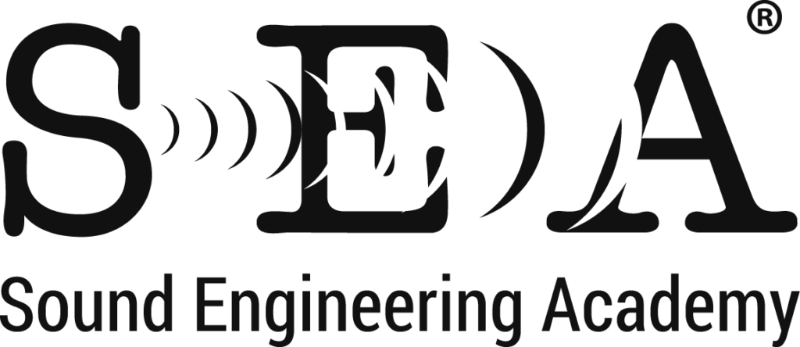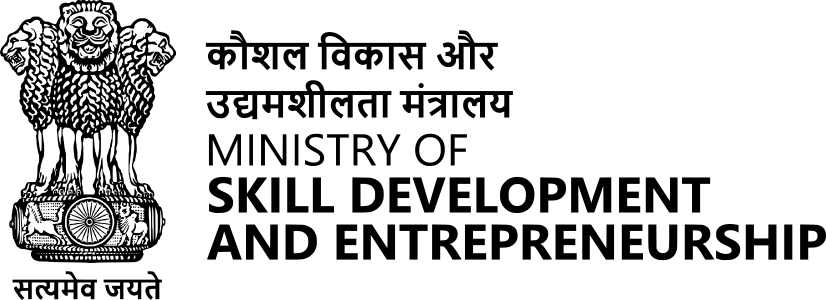Course Highlights
Most frequent questions and answers

Music Production
Learn creative & technical skills to produce professional music tracks.

Sound Design
Master the art of creating unique sounds for music, film & games.

Live Sound
Learn to mix and manage audio for concerts, events, and stage shows.

Studio Recording
Gain hands-on skills in capturing, mixing, and producing studio-quality audio.

Audio Engineering
Explore the science of sound and learn to master audio recording.

Mixing & Mastering
Learn to balance, enhance, and polish tracks for professional-quality sound.








